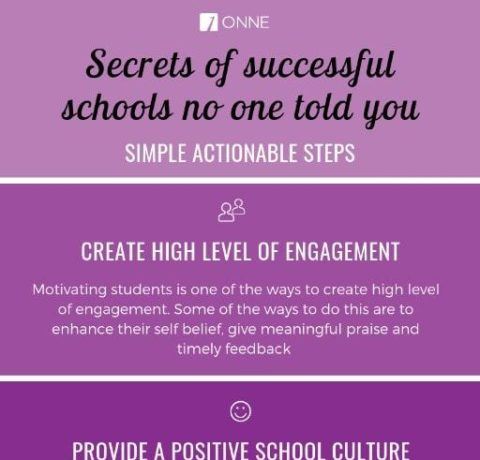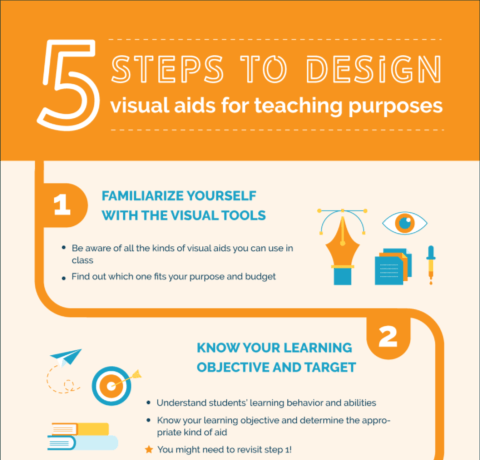Teaching Students To Analyze Complex Texts Infographic
The Common Core State Standards have put close reading in the spotlight as never before. While middle and high school teachers want and need students to connect with, analyze, and learn from both literary and informational texts, many are unsure how to foster the skills students must have in order to develop deep and nuanced understanding of complicated content. The Teaching Students To Analyze Complex Texts Infographic presents a few questions middle and high school students should ask themselves during the close reading process.
A Close Look At Close Reading
- What is the author's message at this point in the text?
- What words or phrases are confusing me? Can I find clues from the author to help me understand them?
- What interesting or different ways does the author use language to help me to better understand the message?
- What techniques is the author using to share the information?
- Is the message changing throughout the passage?
Moreover, in their book “A Close Look At Close Reading: Teaching Students To Analyze Complex Texts, Grades 6-12” literacy experts Barbara Moss, Diane Lapp, Maria Grant, and Kelly Johnson explain how to teach middle and high school students to be close readers, how to make close reading a habit of practice across the content areas, and why doing so will build content knowledge.
Informed by the authors’ extensive field experience and enriched by dozens of real-life scenarios and downloadable tools and templates, this book explores:
- Text complexity and how to determine if a particular text is right for your learning purposes and your students.
- The process and purpose of close reading, with an emphasis on its role in developing the 21st century thinking, speaking, and writing skills essential for academic communication and college and career readiness.
- How to plan, teach, and manage close reading sessions across the academic disciplines, including the kinds of questions to ask, texts to use, and supports to provide.
- How to assess close reading and help all students—regardless of linguistic, cultural, or academic background—connect deeply with what they read and derive meaning from complex texts.
Equipping students with the tools and process of close reading sets them on the road to becoming analytical and critical thinkers—and empowered and independent learners. In this comprehensive resource, you'll find everything you need to start their journey.







You can adjust your cookie preferences here.